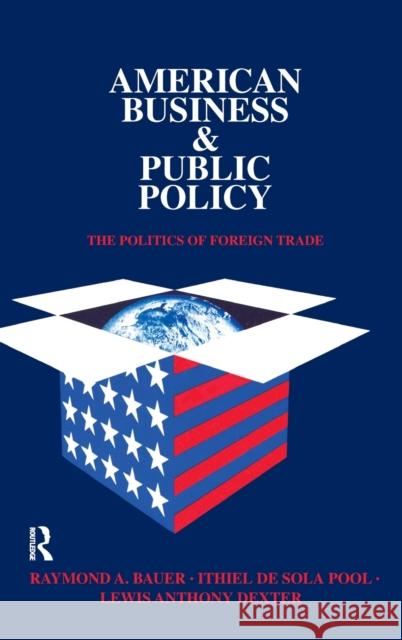American Business and Public Policy: The Politics of Foreign Trade » książka
topmenu
American Business and Public Policy: The Politics of Foreign Trade
ISBN-13: 9781138518728 / Angielski / Twarda / 2017 / 499 str.
American Business and Public Policy: The Politics of Foreign Trade
ISBN-13: 9781138518728 / Angielski / Twarda / 2017 / 499 str.
cena 707,28
(netto: 673,60 VAT: 5%)
Najniższa cena z 30 dni: 654,86
(netto: 673,60 VAT: 5%)
Najniższa cena z 30 dni: 654,86
Termin realizacji zamówienia:
ok. 22 dni roboczych.
ok. 22 dni roboczych.
Darmowa dostawa!
American Business and Public Policy is a study of the politics of foreign trade











